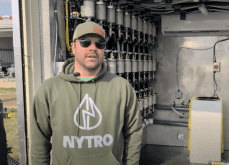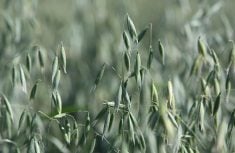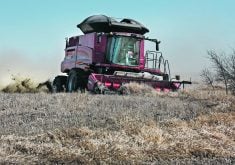Good weather during seed development is critical to the full maturity of the crop, according to Sarah Foster of 20/20 Seed Labs in Saskatoon. However, the poor environmental conditions experienced last fall can harm its quality, longevity and early field emergence this spring.
“Testing seed this year has been extremely challenging for germination and vigour. To obtain the maximum germination potential, we have been forced to extend and conduct many retests due to dormancy,” said Foster.
“It is prevalent in many of the barley and wheat samples submitted. Our seed technologists are reporting 10 percent to 30 percent dormancy either in the germination and/or vigour tests. Some varieties are especially susceptible to dormancy since some species are bred with a dormancy component in mind.”
Read Also

VIDEO: Ag in Motion documentary launches second season
The second season of the the Western Producer’s documentary series about Ag in Motion launched Oct. 8.
Dormancy must be assessed correctly otherwise it is a detriment to producers who need to know how the product is going perform in the field under a variety of conditions.
There are a number of methods that can be used to break dormancy in the lab, said Foster, with the most common being a pre-chill period. It can be extended to obtain the maximum germination potential.
Using a growth promoter such as potassium nitrate, or KNO3, is one of the best methods because it replaces natural growth hormones or gibberellins that are lacking in the seed as a result of the stressful harvest conditions.
A small amount of KNO3 is required to break the dormancy so that germination at the time of planting is accurately represented by the laboratory result.
Using a chemical does not enhance or artificially improve the germination. The KNO3 simply gives an indication of the germination potential in the spring.
Germination potential can also be achieved through drying the seed down to acceptable storage moisture and having a cold period during storage in the bin. Samples are often dried in an oven in the laboratory, since high moisture affects dormancy.
Foster said other growth promoters like gibberellic acid may be used as well. This acid is a naturally occurring plant growth hormone.
“To date, we have had the most success with extended pre-chill periods and GA-3 gibberellic acid. However, the use of GA-3 is relatively costly and can add up to $2 per sample.
“If a producer is observing over 10 percent dormancy on their seed test results, they should consider retesting the seed.”














